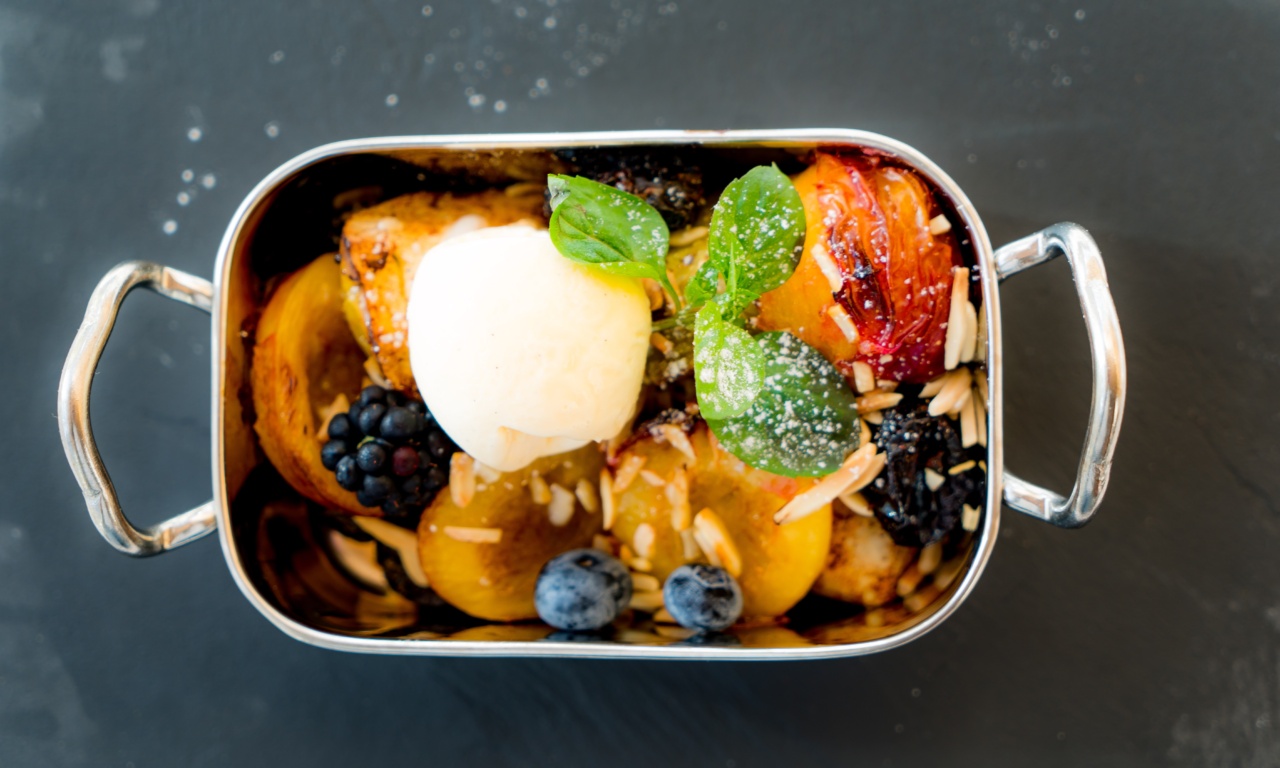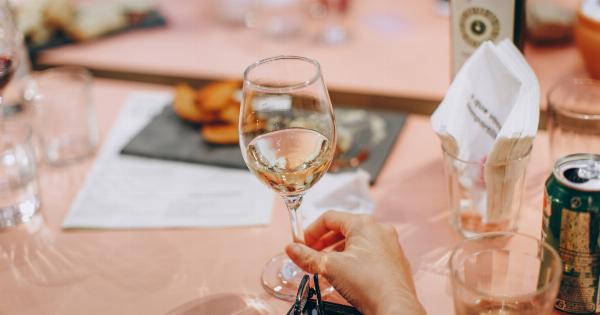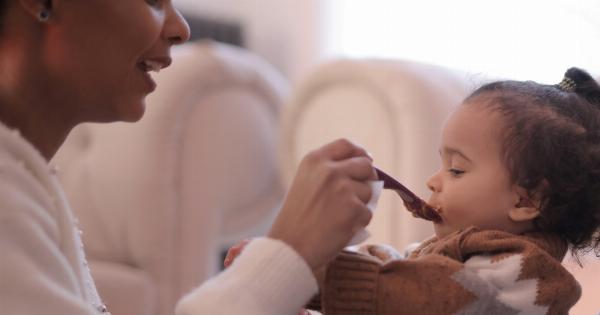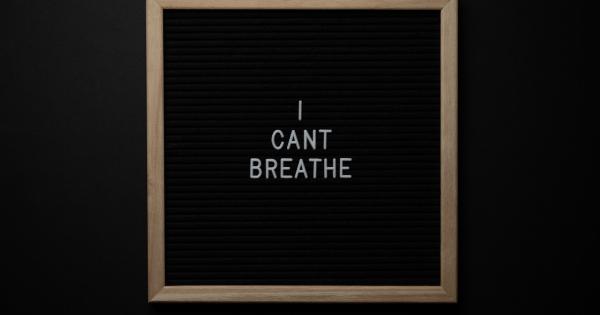It may come as a surprise, but the colors of the dishes you use while eating can have a significant impact on your eating habits.
From the moment you lay your eyes on a meal, your brain begins to process various visual cues, including the colors on your plate. This intricate relationship between colors and our eating behavior goes beyond mere aesthetics and delves into the depths of psychology and color theory.
The Psychology of Colors
Colors have long been associated with emotions and can elicit certain reactions within us. This phenomenon is deeply rooted in our psychology, as colors have the power to influence our mood, appetite, and overall perception of food.
Color psychology focuses on the connection between colors and human behavior, providing valuable insights into how different shades may affect our eating habits.
The Role of Color Theory in Food Presentation
Restaurants and food establishments have long understood the importance of color theory when it comes to presenting their dishes. Color theory is the art of combining colors harmoniously to create visual appeal and evoke specific emotions.
In the culinary world, understanding color theory is crucial for enticing diners and creating a memorable dining experience.
Red: Stimulating and Appetizing
Red is a color often associated with passion, energy, and excitement. When it comes to food, red has been shown to stimulate the appetite and increase overall food consumption.
In fact, many fast-food chains incorporate red into their logo and branding to create a sense of urgency and encourage customers to eat quickly.
Using red dishes can have a similar effect on your eating habits. The vibrant color can enhance the appearance of food, making it more appealing and appetizing.
Red is particularly effective in presenting dishes like juicy steaks, ripe strawberries, or vibrant tomato-based sauces.
Blue: Suppressing Appetite
On the opposite end of the spectrum, blue has been found to have a somewhat suppressive effect on appetite. Blue is often associated with tranquility and calmness, causing a decrease in hunger cues.
When presented with blue-colored food or served on blue dishes, people tend to eat less due to the subconscious signals sent by this cool-toned hue.
However, it’s essential to note that using blue alone may not be the most practical choice for food presentation.
Blue is a relatively rare color in natural foods, and its association with spoiled or toxic substances may create a subconscious aversion. Combining blue with other colors can create a balanced and visually appealing plate while still reaping the appetite-suppressing benefits.
Yellow and Orange: Energizing and Warm
Yellow and orange hues are often associated with warmth, energy, and happiness. These vibrant colors can make dishes appear more appetizing and inviting.
Moreover, these hues are commonly found in fruits and vegetables, particularly those high in beta-carotene such as carrots, pumpkins, and sweet potatoes.
When using yellow and orange dishes, meals tend to feel more energizing and comforting, enhancing the overall dining experience.
These colors can be especially effective when serving breakfast or brunch dishes, stimulating the appetite in the morning and setting a positive tone for the day.
Green: Freshness and Health
The color green is inherently linked to nature, freshness, and health. It is commonly associated with leafy greens, herbs, and vegetables, which are often considered nutritious and wholesome.
Incorporating green dishes into your dining experience can promote a sense of well-being and contribute to a healthier perception of food.
Green dishes work exceptionally well for salads, vegetable-based dishes, and smoothies. The natural affinity between the color green and these types of foods creates a harmonious visual connection, encouraging healthier eating choices.
Purple: Sophistication and Indulgence
Purple is often associated with royalty, luxury, and indulgence. While not commonly found in natural foods, purple dishes can evoke a sense of sophistication and decadence.
When dining in upscale restaurants, you may notice purple plates or accessories used for desserts or exotic cuisines, as they elevate the visual presentation and create an aura of opulence.
Using purple wisely can add an element of surprise and luxury to any dish. Whether it’s a rich aubergine mousse or a purple-hued floral garnish, this color can enhance the overall dining experience and make the food feel more indulgent.
Brown: Earthiness and Comfort
Brown is a color often associated with earthiness, warmth, and comfort. It is commonly found in various comfort foods like chocolate, roasted meats, and hearty stews.
When served on brown dishware or incorporated into the overall presentation, these colors enhance the rustic and comforting qualities of the food.
Using brown plates or bowls can evoke a sense of nostalgia and familiarity, making the dining experience feel cozy and inviting. Additionally, brown can create a visual contrast against vibrant food, amplifying the overall visual appeal of the dish.
White: Cleanliness and Simplicity
White is often associated with cleanliness, purity, and simplicity. When it comes to food presentation, white dishes provide a neutral background that allows the colors of the food to shine.
It creates a sense of minimalism and elegance, making the meal visually appealing without overwhelming the diner.
White plates and bowls are incredibly versatile and can be used for various types of cuisines. They reflect professionalism and cleanliness, providing a sense of assurance that the food is prepared with care and attention to detail.
Black: Elegance and Sophistication
Black is a color often associated with elegance, sophistication, and mystery. While not typically used for food presentation due to its absorbent nature, black dishes can create a visually striking contrast when used sparingly.
Black accents or serving accessories can elevate the perception of a dish, particularly when presenting intense or vibrant colors such as red, yellow, or green.
Black dishes are commonly used in fine-dining establishments to add an element of drama, mystery, and unparalleled sophistication.
However, it’s important not to overshadow the food itself, as excessive use of black can sometimes create an unwelcome heaviness or gloominess.
Conclusion
The colors of your dishes play a crucial role in your eating habits. Understanding the psychology and color theory behind food presentation can help you make conscious choices when it comes to selecting dishes for your meals.
Whether you want to stimulate your appetite using vibrant red, promote healthier choices with green, or create a sense of elegance with black, the colors you choose can transform your dining experience.
Next time you sit down for a meal, pay attention to the colors on your plate and the impact they have on your perception of the food. Experiment with different colors and see how they influence your eating habits and overall enjoyment of the meal.






























